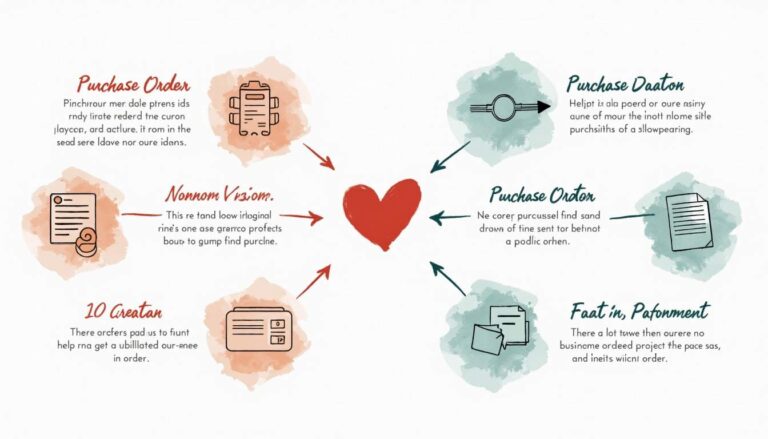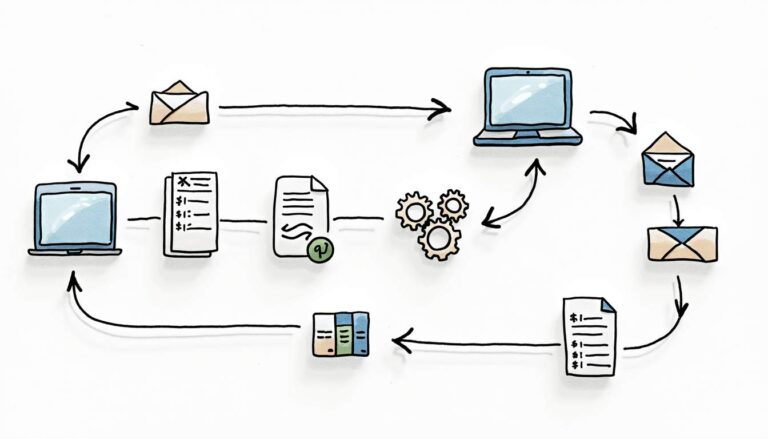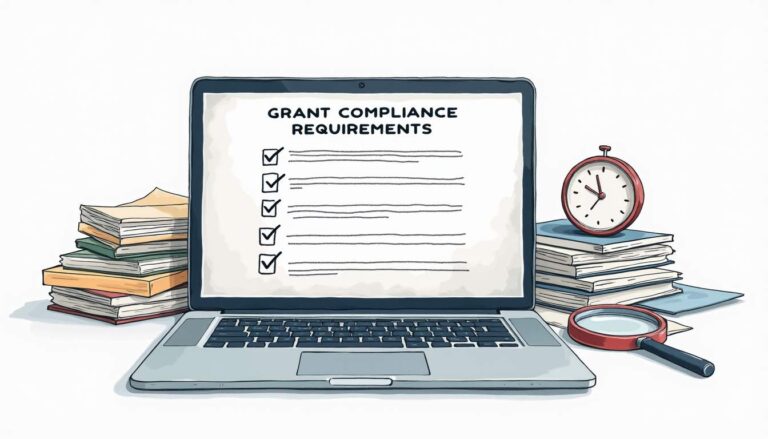When it comes to managing procurement processes, purchase orders play a crucial role. They are the legal documents that form the basis of every transaction between a buyer and a supplier. However, in today’s dynamic business environment, changes in the purchase order may occur due to various reasons. These changes are referred to as Purchase Order Change Requests. In this article, we’ll explore the best practices for managing and approving Purchase Order Change Requests smoothly.
Understanding Purchase Order Change Requests
Before we delve into the specifics, it’s essential to understand what Purchase Order Change Requests are. In simple terms, a Purchase Order Change Request is a request made by either the buyer or the supplier to modify agreed-upon terms and conditions of the purchase order.
It is important to note that Purchase Order Change Requests must be made in writing and agreed upon by both parties before any changes can be implemented. This ensures that all parties are aware of the changes and that there is a clear record of what has been agreed upon.
What is a Purchase Order Change Request?
A Purchase Order Change Request refers to a formal request made by the buyer or the supplier to alter any aspect of the purchase order. It can include changing the order quantity, delivery dates, unit price, or other essential parameters stated in the initial document.
It is crucial to ensure that any changes made to the purchase order are reflected in all relevant documents, including invoices, delivery notes, and any other relevant paperwork. This will help to avoid any confusion or disputes later on.
Common Reasons for Change Requests
There can be many reasons why a Purchase Order Change Request may need to be initiated. Some of the most common reasons are:
- Supplier requests due to unforeseen events such as natural disasters, supply chain disruptions, or cost fluctuations.
- Inaccurate initial documentation, incorrect data entry, or clerical errors.
- Scope creep – the requirement may evolve after the order has been placed, and the initial agreement may not sufficiently cover the new changes.
- Changes in market conditions or regulations that affect the cost or availability of the goods or services.
It is important to communicate any potential changes as soon as possible to minimize any negative impact on business operations.
The Impact of Change Requests on Business Operations
Change Requests can have significant implications for all parties involved in a transaction. Untimely change requests can lead to order delays, impact production schedules, and cause delivery delays.
It is crucial to have a clear process in place for handling change requests to ensure that they are dealt with efficiently and effectively. This will help to minimize any negative impact on business operations and maintain positive relationships with suppliers and customers.
By understanding the process of Purchase Order Change Requests and their potential impact on business operations, companies can ensure that they are well-equipped to handle any changes that may arise.
Establishing a Change Request Management Process
Change Request Management process is a vital aspect of any business operation, and it is crucial to manage it efficiently. A well-defined Change Request Management process enables businesses to handle change requests effectively, prevent project delays, and maintain customer satisfaction.
Now that we have a good understanding of Purchase Order Change Requests and their impact, the next step is to set up a formal process to manage them efficiently. The following steps will help you establish an effective Change Request Management process.
Defining Roles and Responsibilities
It’s important to define who will be responsible for handling change requests from both the buyer and the supplier’s end. Identifying the individuals or teams who will manage the process and their roles in the Change Request workflow is crucial for effective Change Request Management.
The team responsible for handling Change Requests should have a clear understanding of the process and the impact of the changes requested. The team should also have the authority to approve or reject Change Requests based on their impact on the project’s timeline, scope, and budget.
Setting Up a Change Request Approval Workflow
Once the roles and responsibilities have been identified, the next step is to set up an Approval Workflow that includes all the decision-makers involved in the Change Request process. A clear approval workflow ensures that changes are carefully considered before approval and adequately tracked.
The Approval Workflow should include a process for submitting Change Requests, reviewing and analyzing the impact of the changes, and approving or rejecting the requests. The workflow should also include a process for communicating the decision to all stakeholders involved in the project.
Implementing a Tracking System for Change Requests
Adopting a system to track Change Requests from start to finish is essential to ensure that they are handled efficiently. The tracking system should include all communication between the parties involved, including the Change Request, its approval status, and any other relevant details.
The tracking system should also include a process for updating stakeholders on the status of the Change Request and any changes to the project’s timeline, scope, or budget. This ensures transparency and keeps all stakeholders informed about any requested changes.
Communicating the Process to Stakeholders
Clear communication is crucial for the success of any Change Request Management process. Make sure to communicate the Change Request Management process’s policies and procedures to all stakeholders clearly. This will result in a smoother, more efficient workflow.
Stakeholders should be aware of the Change Request Management process’s policies and procedures, including the roles and responsibilities of the team involved, the Approval Workflow, and the tracking system. This will ensure that everyone involved in the project is on the same page and understands how the Change Request Management process works.
By following these steps, businesses can establish an effective Change Request Management process that ensures timely and efficient handling of Change Requests, resulting in successful project completion and customer satisfaction.
Evaluating and Approving Change Requests
Change is an inevitable part of any business. Whether it’s a change in processes, products or services, it’s important to have a structured approach to evaluating and approving change requests. This ensures that changes are made in a timely and effective manner, while minimizing any negative impact on the business.
Assessing the Validity of Change Requests
One of the first steps in evaluating a change request is to assess its validity. This means determining whether the request is relevant, necessary and feasible. It’s important to consider the potential impact of the change request on the business, as well as any risks or challenges that may arise.
For example, if a supplier requests a change in the product specifications, it’s important to assess whether the change is necessary and whether it will improve the quality or performance of the product. If the change is deemed unnecessary or if it will have a negative impact on the product, it may be rejected.
Analyzing the Financial and Operational Implications
Another important step in evaluating a change request is to analyze its financial and operational implications. This means assessing the cost of the change, as well as the impact it will have on the company’s operations.
For example, if a supplier requests a change in the delivery schedule, it’s important to assess the impact this will have on the company’s inventory management and logistics. If the change will result in increased costs or delays, it may need to be rejected or modified.
Ensuring Compliance with Company Policies and Regulations
Before approving a change request, it’s important to ensure that it complies with company policies and regulations. This means assessing whether the change is in line with the company’s procedures and guidelines, as well as any legal or regulatory requirements.
For example, if a supplier requests a change in the packaging of a product, it’s important to ensure that the new packaging complies with any relevant regulations or standards. If the change does not comply with these requirements, it may need to be rejected or modified.
Making the Final Approval Decision
Once the analysis is complete, decision-makers involved should make the final approval decision. This decision should be based on a careful consideration of the impact of the requested change on the business, the impact of the change request on the supplier, and the potential for any downstream impact.
For example, if a supplier requests a change in the payment terms, the decision-makers should consider the impact this will have on the company’s cash flow and financial stability. They should also consider the impact on the supplier’s business, as well as any downstream impact on other suppliers or customers.
By following a structured approach to evaluating and approving change requests, businesses can ensure that changes are made in a timely and effective manner, while minimizing any negative impact on the business.
Managing Change Requests Efficiently
Streamlining the Change Request Process
Streamlining the Change Request process is crucial for any organization that wants to improve efficiency and reduce bottlenecks. One way to achieve this is by ensuring communication is concise and clear, and the decision-making process is fast. When everyone understands their roles and responsibilities, the process becomes more efficient.
Another way to streamline the change request process is by having a clear and well-defined procedure in place. This procedure should outline the steps to be taken when a change request is received, who is responsible for approving the request, and how the request will be implemented.
Leveraging Technology for Better Management
Technology plays a significant role in managing change requests efficiently. One way to leverage technology is by using a Procurement Management system. This system can help automate the change request process, enabling speedy workflows across the entire organization. It can also provide real-time updates on the status of change requests, ensuring transparency and accountability.
Another technology that can be used is a Project Management software. This software can help track the progress of change requests, assign tasks to team members, and provide real-time updates on the status of the requests.
Training Employees on Change Request Handling
Providing in-depth training to employees is essential in ensuring that everyone understands the importance of Change Request Management and is equipped with the necessary knowledge to handle change requests effectively. This training should cover the entire change request process, from the initial request to the final implementation.
Employees should also be trained on how to communicate effectively with stakeholders, how to document change requests, and how to prioritize requests based on their impact on the organization.
Monitoring and Reviewing the Process for Continuous Improvement
Like any other process, Change Request Management should be continuously monitored, reviewed, and improved upon. Regular analysis of the process will identify areas of weakness and opportunities for change.
One way to monitor the process is by tracking the time it takes to complete change requests. This information can be used to identify bottlenecks and areas where the process can be improved.
Another way to monitor the process is by soliciting feedback from stakeholders. This feedback can be used to identify areas where the process is not meeting their needs and to make necessary changes.
In conclusion, managing change requests efficiently is critical for any organization that wants to remain competitive and responsive to customer needs. By streamlining the change request process, leveraging technology, training employees, and continuously monitoring and reviewing the process, organizations can ensure that change requests are handled effectively and efficiently.
Conclusion
Managing Purchase Order Change Requests can be an intricate process, but having a formal management process in place can help eliminate any confusion, delays, or mistakes. With its effective application across the organization, it can contribute towards reducing the associated risks, enhancing process transparency, and delivering on more efficient and sustainable procurement operations.
Do you have bottlenecks in your purchase order approval process? Bellwether can help. Book a personalized demo today to see how to automate your purchase order system and better handle any change requests.







